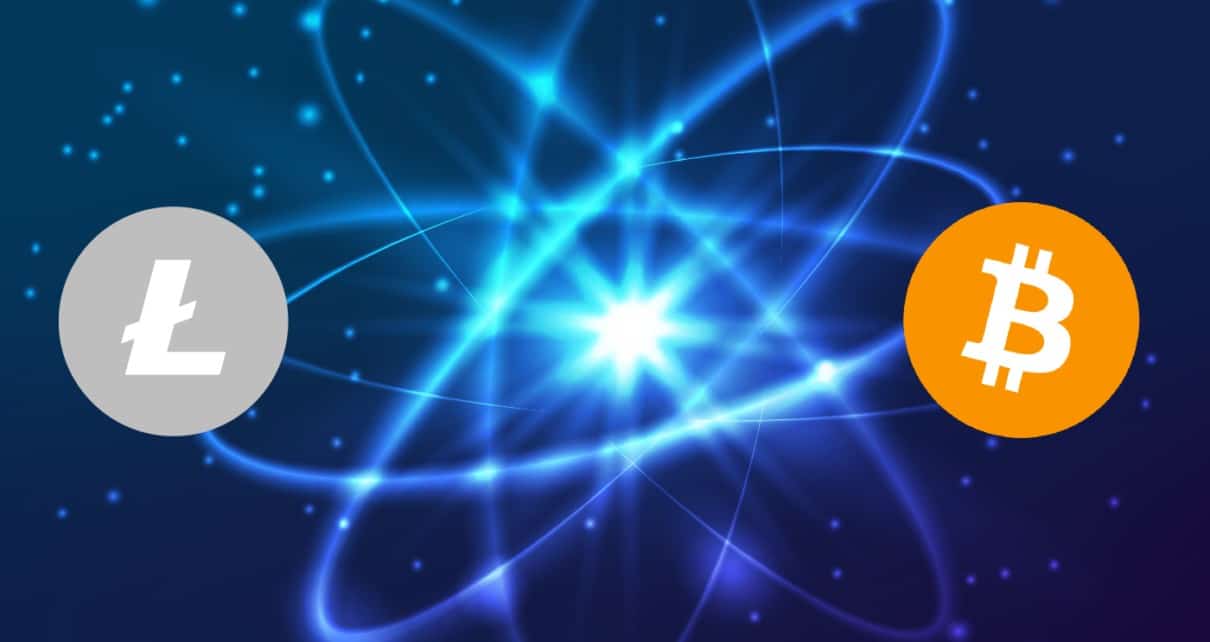Lightning Network
The Lightning Network and Atomic Swaps

The Lightning Network has been making headlines lately due to its unprecedented adoption in the cryptomarket. Since January, the Lightning Network's node count has risen from 28 to over 800 active nodes and at one point, the LN node count briefly surpassed that of the Bitcoin Cash network.
The Lightning Network is seeing real progress in its development and Bitcoiners from around the globe are already saving on transaction fees thanks to this new protocol. While most people are looking to the Lightning Network to alleviate the scalability woes currently plaguing BTC, there is yet another and equally important ability the Lightning Network brings to the table – Atomic Swaps.
What is an Atomic Swap?
 The atomic swap protocol utilizes smart contract technology to enable peer-to-peer cryptocurrency exchanges without the need of a centralized exchange. Atomic swaps allow crypto users to exchange crypto directly from blockchain to blockchain, thereby eliminating the need for exchanges in most trading scenarios.
The atomic swap protocol utilizes smart contract technology to enable peer-to-peer cryptocurrency exchanges without the need of a centralized exchange. Atomic swaps allow crypto users to exchange crypto directly from blockchain to blockchain, thereby eliminating the need for exchanges in most trading scenarios.
Cross-chain trading would facilitate a more decentralized economy and help to alleviate the growing influence major exchanges currently express in the marketplace. Atomic swaps utilize a technology known as hash time-locked contracts. These allow users to submit their trade to their respective blockchain and once the parameters of the exchange have been met, the crypto is traded.
Atomic Swap Requirements
One of the main requirements needed to fulfill atomic swaps is the implementation of the Lightning Network on the blockchain. This is because the hash time-locked contracts must use the linking payment channels provided by the Lightning Network to fulfill the cross-chain connection.
In addition to the need for the LN to be implemented, it is also important that both cryptocurrencies utilize the same cryptographic hash function such as SHA-256. Both of these protocols must be met in order to accomplish an atomic swap with success.
In its current state, a user would be required to provide local coin daemons meaning that they would need to download the blockchains of both currencies prior to making the swap. Developers are looking into ways to eliminate this step from the equation and open atomic swaps up for use by everyone in the market.
Atomic Swap Testing
Charlie Lee, the founder of Litecoin, was the first individual to successfully test the atomic swap protocol last year. Charlie completed a LTC to BTC atomic swap much to the praise of the entire cryptomarket.
Too Much Centralization
Many in the cryptocommunity believe that atomic swaps are necessary to eliminate the current centralization seen in the marketplace. Ever growing exchanges are consolidating their market pull and creating a market environment that is easily steered by the will of the few. Atomic swaps would seek to level the playing field and help to further decentralize the marketplace. As the Lightning Network continues along in its development and testing stages, it will be interesting to see how this game-changing technology alters the landscape of the cryptomarket in the future.
What do you guys think? Is it time for more peer-to-peer crypto exchange platforms? Let us know in the comments below.











